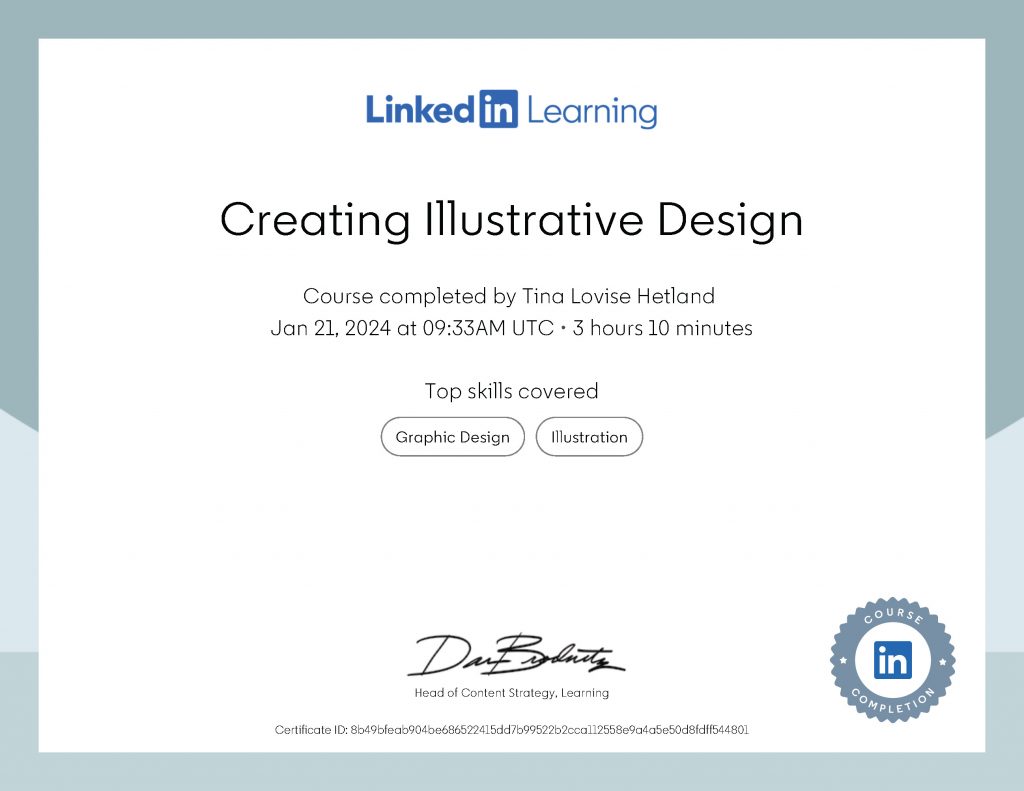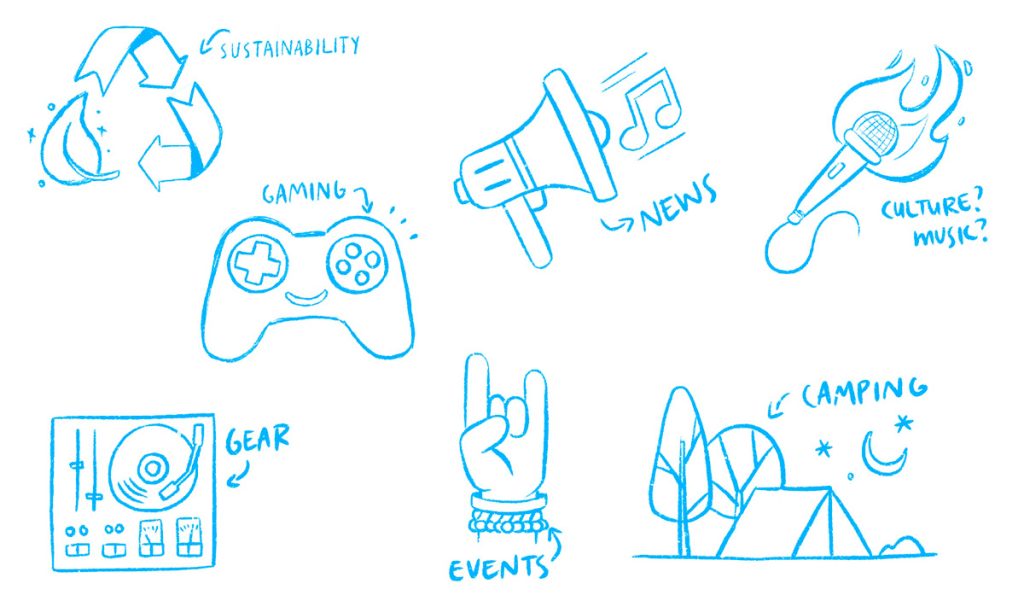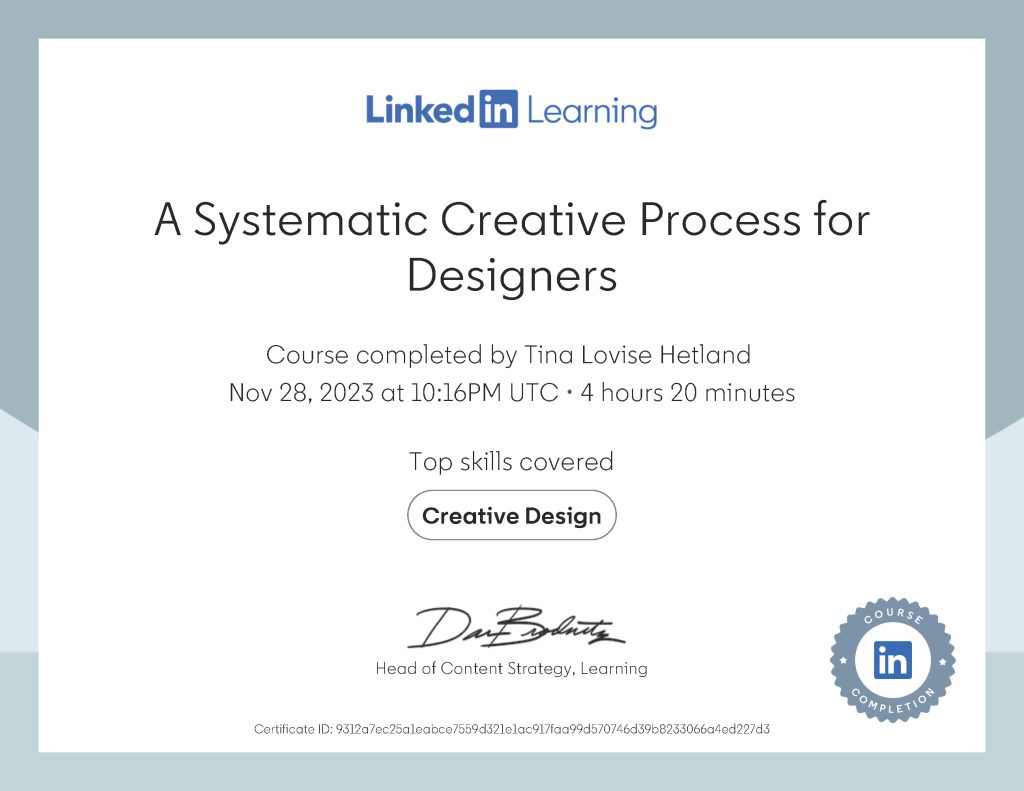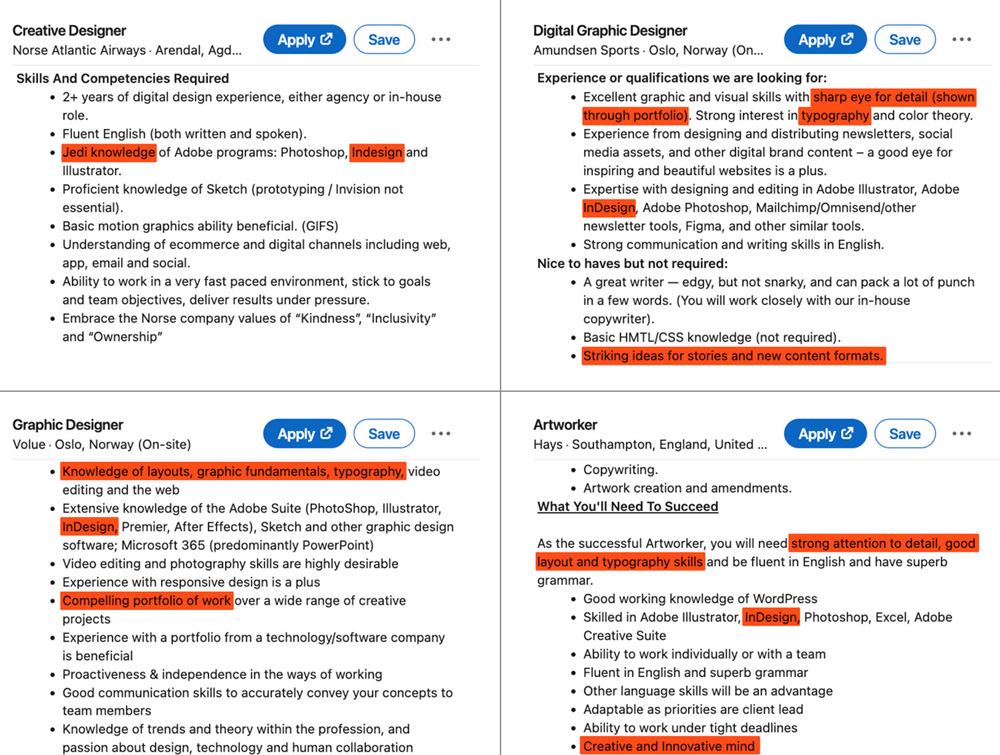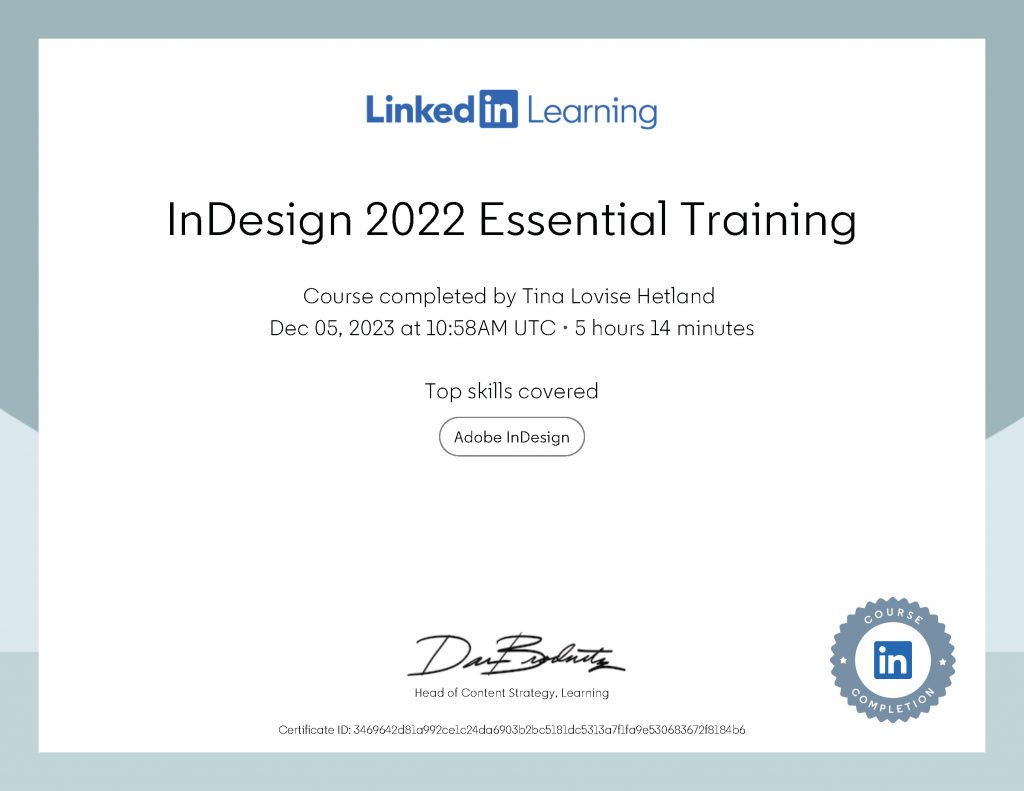MA03 – GD 5
Module assignment
This module assignment consists of five parts. The first four parts will be completed after each lesson, and the last part (part 5) can be done as self-study at the end of the week.
Part 5 (self-study)
Now that you have ideas for your illustrative design, you still might wonder how to actually do the work! How do you turn your rough ideas on paper into a finished design?
The course below is presented by Von Glitschka. He is a designer, illustrator, and creative director of Glitschka Studios, a multidisciplinary design firm in the Pacific Northwest, United States. He’s a popular speaker on design, creativity, branding, and marketing and has written six books.
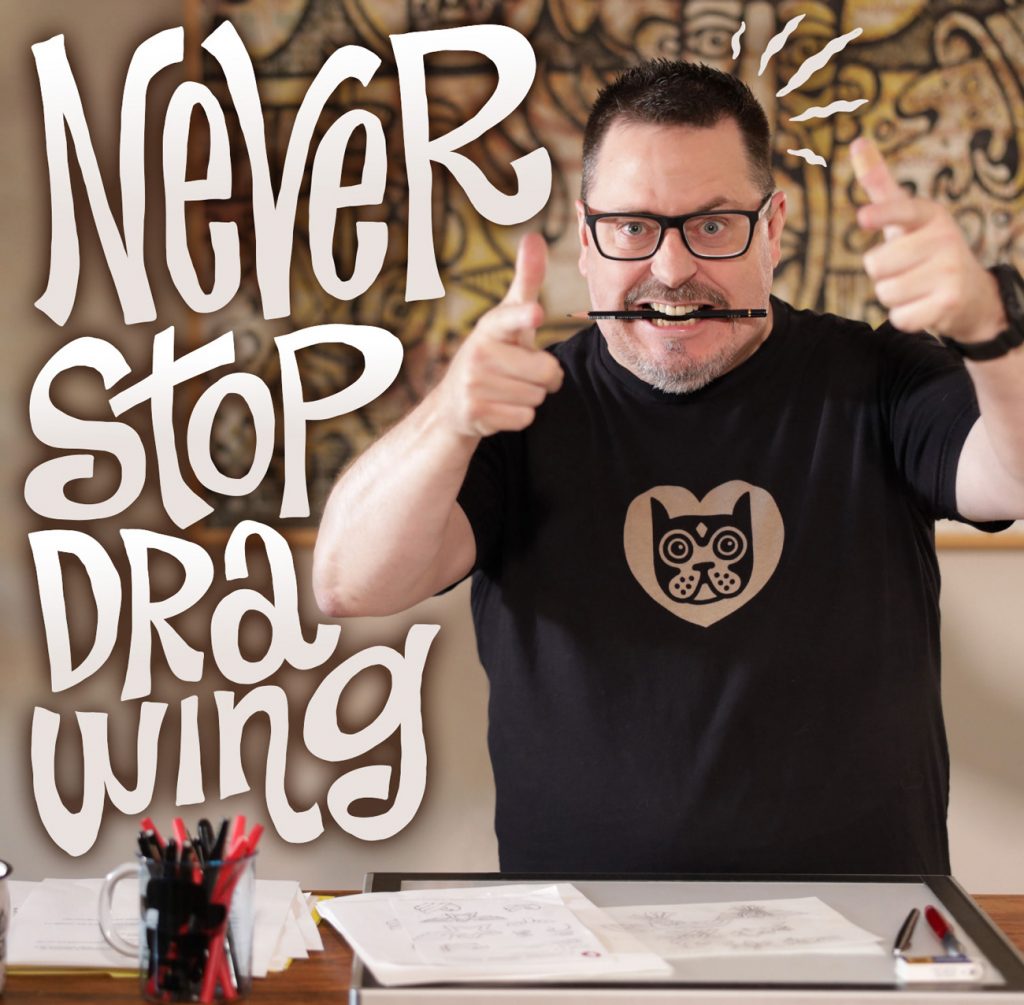
In this course, he will break down the process of illustrative graphic design into beginner-friendly steps. He will show you how to prepare for the illustration task by defining your theme, subject matter, and style, and then gathering reference material.
He covers several drawing processes, stepping through deductive drawing, thumbnail drawing, rough drawing, and a final refined drawing. He also shares helpful tips on finalising your designs and presenting them to clients.
He covers several drawing processes, stepping through deductive drawing, thumbnail drawing, rough drawing, and a final refined drawing. He also shares helpful tips on finalising your designs and presenting them to clients.
After completion of this module assignment (MA03), you will:
- Be able to implement all that you’ve learnt in your course assignment.
- Receive a LinkedIn Learning® Certificate you can add to your resume.
- Have better knowledge of using illustrative design in your work (it will be especially helpful in logo design!).
